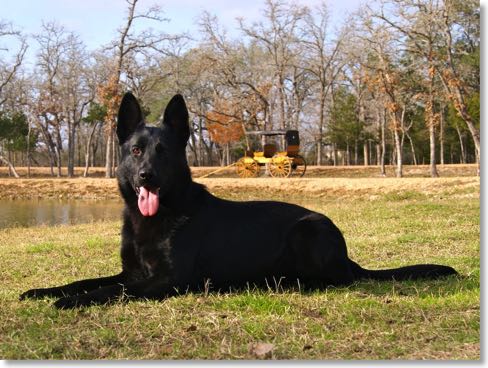Kidnappings Threaten Travelers to Mexico, Brazil, Colombia and More
Rex is quick to handle carjacking and kidnapping scenarios in his protection work. (Video)
Kidnapping is a major part of our protection dog training curriculum, but we don’t just teach our dogs to be the best protection for kids and adults in their homes. This type of crime is a real concern for travelers and executives, and we train our dogs to perform at any moment and in any environment.
Central and South America are closely associated with kidnappings, and according to Castle Rock International, the places you are most likely to be kidnapped in are Mexico, Brazil, Colombia, Venezuela, the Philippines, Nigeria, the Chechnya Region of Russia, Afghanistan, Iraq and Haiti.
Kidnappings for ransom or extortion are more common than you might think. Some insurance companies offer policies to international travelers that will reimburse holders for costs associated with a kidnapping, from ransoms to mercenary teams.
At Protection Dogs Plus, we have our own idea of insurance against kidnappings.
Criminals take advantage of tourists and travelers who are already out of their element, and danger could lurk around the next corner or stoplight. A criminal’s opportunity presents itself in ways you might never expect. For instance, while some modern cars will automatically lock their doors when moving, many will automatically unlock them again in park, and other cars have no automatic lock feature at all. This inconsistency means that if you’re driving an unfamiliar rental car in a strange place, you aren’t likely to always remember to lock the doors.
When we’re training for carjacking scenarios, we’re also training our protection dogs for kidnapping situations like the one that befell Eduardo Garcia Valseca near San Miguel de Allende in central Mexico:
“A truck crashed into the back of their Jeep, pinning them. Masked bandits armed with pistols and hammers smashed the windows of their car and dragged them to the ground.”
One of our training exercises is to have a decoy attempt to pull the handler out through a door or window. Our protection dogs will rush to the door or window the assailant is accessing to fend them off. In many situations, just turning your dog on aggressively will deter a kidnapper from trying to gain access to the vehicle, and this protection continues when you leave the car and your dog stays by your side.
Kidnappers don’t always work alone. Our Guardian and Guardian Plus protection dogs are versed in handling situations like this one, from Nassau, Bahamas:
“As we all lay face down on the ground, we were being robbed by one man after the other tied up our tour guide. There was a lot of scuffling and a flurry of activity.”
The multiple attacker exercise allows you to decide whether to send your dog after the threat closest to you first, or the threat that poses the biggest danger at the moment (e.g. an armed threat).
As crime increases in popular destinations like Puerto Rico, we urge travelers not to take their safety for granted. Stay vigilant!
